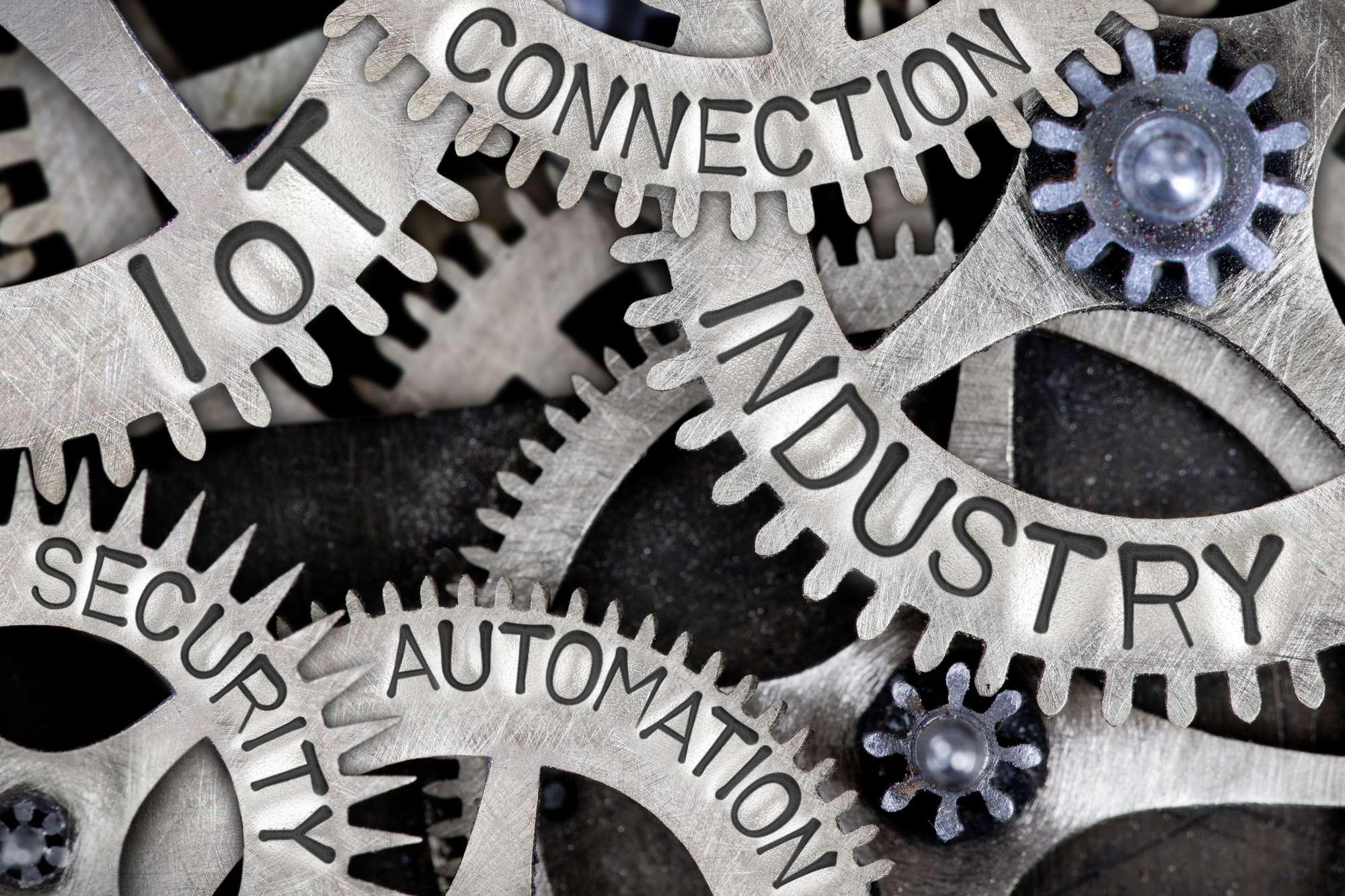
Blog / An Introduction to the Industrial IoT
When you work in managed IT services in Edmonton (or anywhere in Alberta for that matter), it’s important to understand industrial IT needs. Emerging and maturing technologies will play a key role in helping industrial companies find new operational efficiencies through rigorous, accurate, and streamlined monitoring and analysis of industrial equipment. Just as modern offices are embracing the IoT, so too are industrial players finding uses for the increasingly sophisticated devices the IoT market can produce. Of course, industrial facilities have significantly different concerns than office buildings and thus, substantially different use cases. Hence, we thought it would be good to provide a bit of an overview about this growing industrial IT trend.
What is Industrial IoT?
The Industrial Internet of Things, like the much more well-known general IoT, involves a variety of devices commonly used in industrial settings, but redesigned to take advantage of wireless technology and machine learning. However, the IIoT also features a substantially larger set of new devices in addition to familiar ones remade to be smart.
What sets the IIoT apart?
Perhaps the most important difference between standard and industrial IoT products is also their most obvious, mainly, device costs and use cases. We’ve written about the difference between business and consumer grade equipment before, but industrial IoT products, like most industrial equipment, are in a class all their own. Don’t mistake an industrial smart hub for an oversized Alexa—it has a completely different purpose and you’re not going to find it on Amazon.
Which of course is another major difference. That is to say, IIoT products are substantially more expensive than other IoT products. This is because most industrial IoT equipment is used in critical functions where failure can cause serious or even dangerous disruptions and downtime, so they are built to a rigorous standard. Additionally, some applications even call for redundant devices—a “hot spare” that works in tandem with the primary device to provide services in the event of a primary failure. You don’t want hospital equipment or railway crossing systems malfunctioning due to an IIoT equipment failure. Depending on the scope of the project, size of a facility, and type of equipment required (among other things), the capital investment needed to implement an IIoT system can be substantial. However, it’s in the various applications of smart technology that truly separates industrial IoT.
IIoT Applications and Use Cases
Unlike other IoT products, industrial devices are about optimizing processes and finding efficiencies, not convenience. Of course, the concept of “industry” is a broad one so it’s important to remember that not every factory, oil company, or paper mill will have the same needs. That said, most of these can be implemented by industries of all sorts.
- Predictive maintenance: Smart sensors and monitors can wirelessly transmit data about connected systems, while machine learning or artificial intelligence analyzes it to notify personnel about maintenance issues.
- Hazard management: Many industrial players are using IIoT sensors to monitor fluid levels/temperatures/pressure to predict failures. Some systems are so smart they can even initiate emergency shutdowns in the event of catastrophic failure.
- Manufacturing: Plenty of big businesses have already hopped on the IIoT for improving manufacturing processes. Much of manufacturing IIoT focuses on monitoring processes and adjusting production levels according to needs (or whatever parameters the manufacturer chooses) Other examples of IIoT in manufacturing includes wearable tech that interacts with manufacturing equipment can be used to help reduce injuries and errors on factory floors.
- Warehousing and logistics: When it comes to asset management, smart shelves and sensors improve accuracy and inventory control, while machine learning synthesizes the data for automated reordering of requisite inputs or more efficient redistribution of resources. Although sometimes considered a separate category, wirelessly connected robots (made famous by Amazon and now being pushed by Boston Dynamics) are also becoming more widespread for their ability to dramatically improve warehouse efficiency and reduce errors and employee injury.
Industrial facilities are incredibly complex, making the implementation of industrial IoT devices and concepts significantly more difficult. That makes it imperative for anyone looking to implement an IIoT system to consult with IT specialists while drawing up plans. Connectivity of devices, configuration of systems, and availability of cloud computing and memory resources for data analysis and storage are all critical factors that require specialized expertise. If you’re interested in developing and deploying an IIoT program for yourself, contact a TRINUS IT professional today.
Sincerely,
The TRINUS Team.
trinustech.com

















